Andisheh Ranjbari
Leveraging Twitter Data for Sentiment Analysis of Transit User Feedback: An NLP Framework
Oct 11, 2023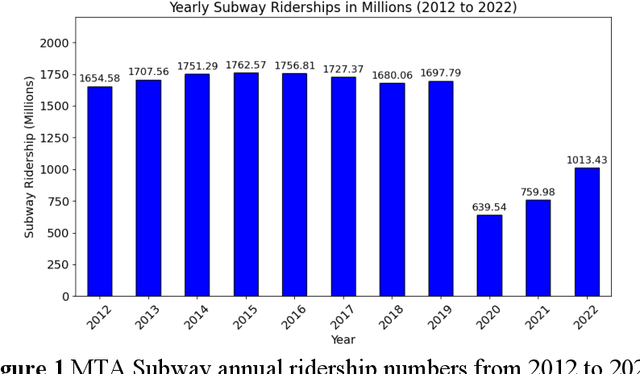

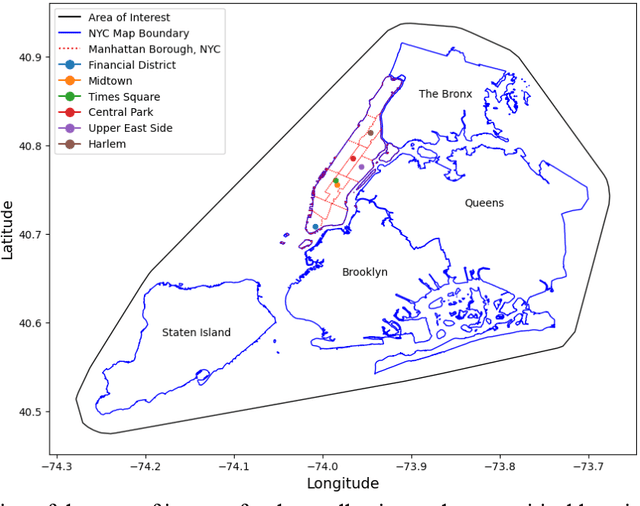

Abstract:Traditional methods of collecting user feedback through transit surveys are often time-consuming, resource intensive, and costly. In this paper, we propose a novel NLP-based framework that harnesses the vast, abundant, and inexpensive data available on social media platforms like Twitter to understand users' perceptions of various service issues. Twitter, being a microblogging platform, hosts a wealth of real-time user-generated content that often includes valuable feedback and opinions on various products, services, and experiences. The proposed framework streamlines the process of gathering and analyzing user feedback without the need for costly and time-consuming user feedback surveys using two techniques. First, it utilizes few-shot learning for tweet classification within predefined categories, allowing effective identification of the issues described in tweets. It then employs a lexicon-based sentiment analysis model to assess the intensity and polarity of the tweet sentiments, distinguishing between positive, negative, and neutral tweets. The effectiveness of the framework was validated on a subset of manually labeled Twitter data and was applied to the NYC subway system as a case study. The framework accurately classifies tweets into predefined categories related to safety, reliability, and maintenance of the subway system and effectively measured sentiment intensities within each category. The general findings were corroborated through a comparison with an agency-run customer survey conducted in the same year. The findings highlight the effectiveness of the proposed framework in gauging user feedback through inexpensive social media data to understand the pain points of the transit system and plan for targeted improvements.
Physics-informed Machine Learning of Parameterized Fundamental Diagrams
Aug 01, 2022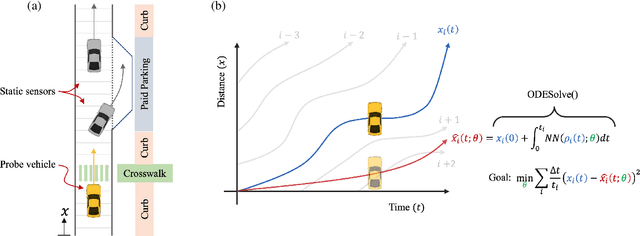
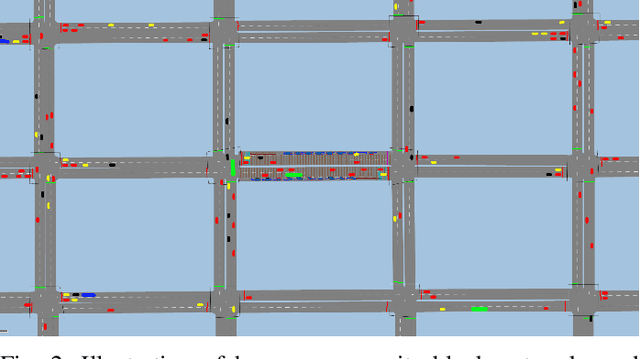
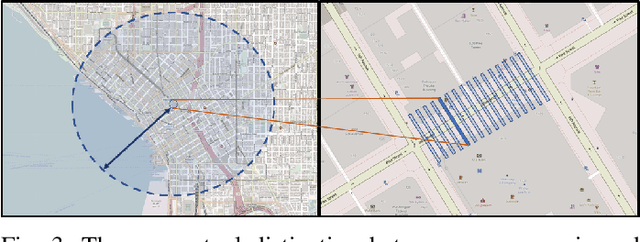
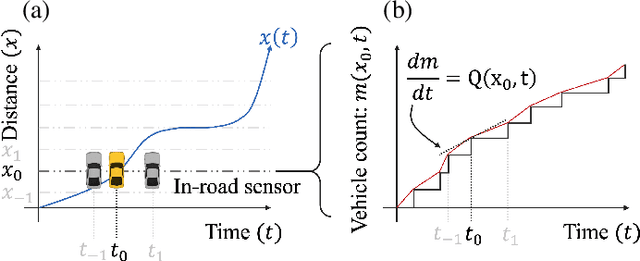
Abstract:Fundamental diagrams describe the relationship between speed, flow, and density for some roadway (or set of roadway) configuration(s). These diagrams typically do not reflect, however, information on how speed-flow relationships change as a function of exogenous variables such as curb configuration, weather or other exogenous, contextual information. In this paper we present a machine learning methodology that respects known engineering constraints and physical laws of roadway flux - those that are captured in fundamental diagrams - and show how this can be used to introduce contextual information into the generation of these diagrams. The modeling task is formulated as a probe vehicle trajectory reconstruction problem with Neural Ordinary Differential Equations (Neural ODEs). With the presented methodology, we extend the fundamental diagram to non-idealized roadway segments with potentially obstructed traffic data. For simulated data, we generalize this relationship by introducing contextual information at the learning stage, i.e. vehicle composition, driver behavior, curb zoning configuration, etc, and show how the speed-flow relationship changes as a function of these exogenous factors independent of roadway design.
 Add to Chrome
Add to Chrome Add to Firefox
Add to Firefox Add to Edge
Add to Edge